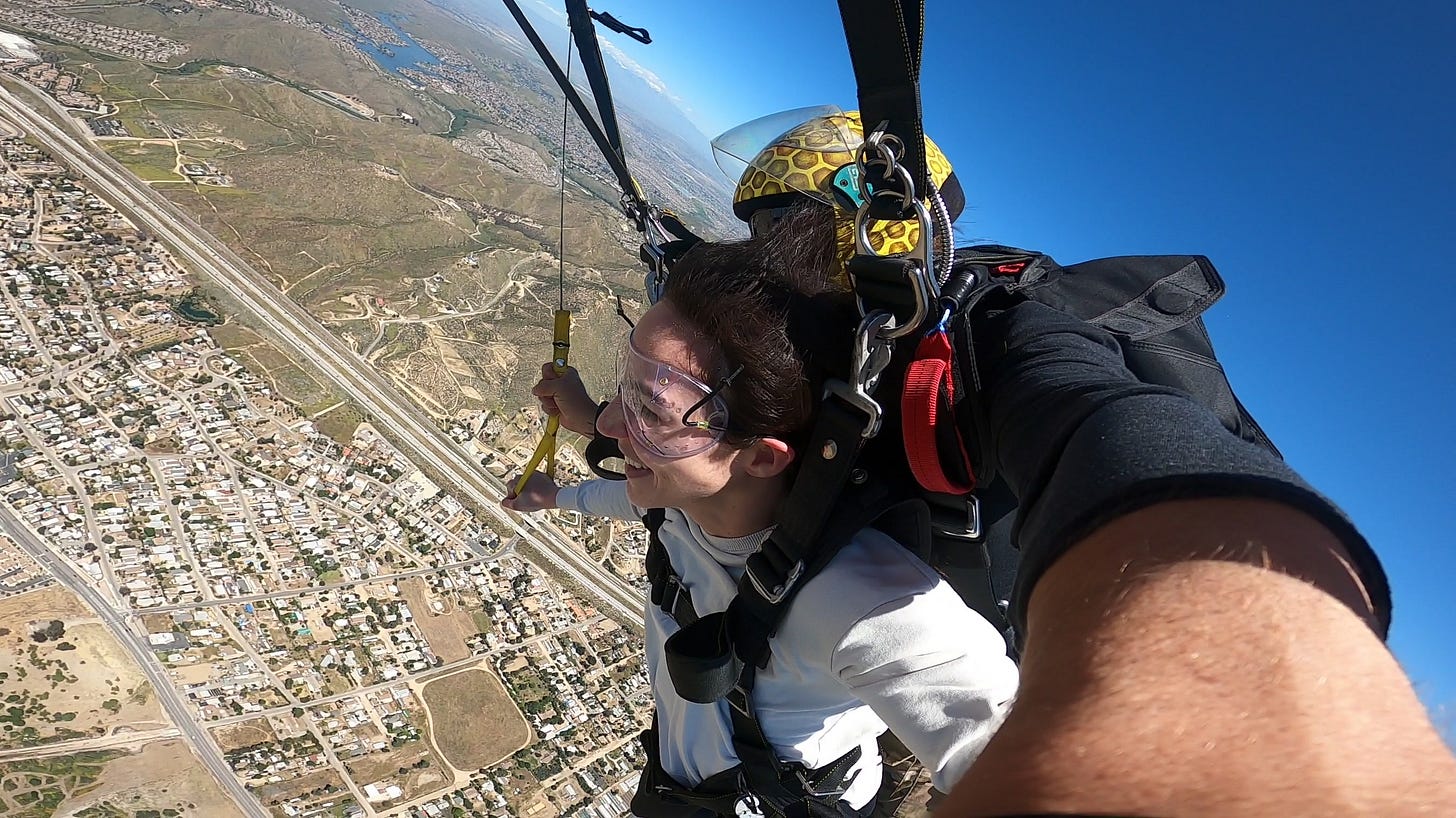Fear: Where It Begins
There’s a good chance fear was planted in you early on—whether by your parents or a traumatic moment that shifted everything.
Without realizing it, parents pass on their fears from the moment we become conscious. This is called generational trauma, and its impact is massive.
Most parents don’t mean to raise fearful kids. They’re just trying to protect us from what scared them. But in doing so, they fill our minds with worry and worst-case scenarios.
I grew up around that. My parents were always anxious, always preparing for the worst. I heard endless stories from their past—stories filled with danger and regret. On top of that, I had two horror-movie-obsessed siblings. So while most kids were watching cartoons, I was watching every “Saw,” “Paranormal Activity,” “Silent Hill,” and “Final Destination” movie before I turned ten.
It was a recipe for disaster… and yet, somehow, I was fine.
When Fear Wakes Up
As a kid, I was fearless. Spoiled, maybe—but also bold. Climbing trees, playing every sport, doing handstands, jumping on beds. I brushed off my mom’s horror stories and laughed at the idea of something bad happening.
But then… I grew up.
Adulthood does something strange. All the fears that used to sit quietly in your subconscious come rushing to the surface. Suddenly, you’re anxious about things that never crossed your mind before. You start overthinking. Every decision feels like a potential disaster.
That happened to me. I became an overthinker—constantly calculating the worst-case scenario. But I also started fighting back. I developed a stubborn part of me that refused to let fear win. Maybe it was the identity I built around being a football player: learning to fail, to get up again, to push through discomfort. Physical strength became mental strength.
That mindset stayed with me into adulthood—on stages, in airports, and eventually… in the sky.
Jumping Out of an Airplane
If you’re used to imagining worst-case scenarios, skydiving is the ultimate challenge. There’s only one “what if”: death.
But I’ve always wanted to do it. To conquer the one fear that felt truly paralyzing. For me, skydiving became a symbol: if I can jump out of a plane, I can face anything.
A year and a half ago, a friend texted me: “Wanna skydive with us for my wife’s birthday?” I said, “Maybe. I’ll think about it.”
Bad idea. Thinking led to spiraling—overanalyzing every terrifying possibility and picturing how it would affect the people I love. I talked myself out of it.
And then I regretted it.
The idea of skydiving embedded itself in my mind. I kept thinking about what I missed. I waited for the perfect moment—but it never came.
A Decision Without Fear
One random morning last April, I opened Instagram and saw someone skydiving. That was it. I impulsively booked a solo jump for the next weekend.
For the next couple of days, I started overthinking. I thought of literally everything.
Should I cancel?
What will my parents think?
What if something bad happens?
April 28, 2024. I woke up calm. No anxiety. No second-guessing. I drove an hour to the location—it felt like 10 minutes. I watched a disclaimer video with a hundred mentions of death, and still felt calm.
I waited, surrounded by happy, grounded skydivers who made it look like a lifestyle. I met my instructor—an experienced skydiving vet—and felt oddly safe. “Skydiving is a dangerous sport done safely,” he said. That stuck with me.
I went all in. Bought the most expensive package. Hired a second skydiver to film me while my instructor wore a GoPro. If I was doing this, I wanted to remember every second.
The Jump
Before boarding, my instructor said, “I forgot something, but it’s not important.”
On the plane, he followed up: “Remember what I forgot? My suicidal medication.”
I laughed. I was too calm to question if he was joking. I mean I knew he was.
The plane ride to 14,000 feet was shaky and loud. But I stayed present. No panic. No regrets.
Then it was time. I watched my photographer jump out and hang off the side of the plane. Then we followed.
Nothing prepares you for that free fall. The wind slams your body so hard, you barely register what’s happening. My goggles slipped on one eye, and I started confusing my breathing. But I was doing it.
Thirty seconds of chaos. My instructor spun us around while the photographer motioned for peace signs. Then—boom—parachute deployed. Free fall turned to floating.
We were flying. Literally.
Feet dangling. Earth below. Peace all around.
The Landing
I got to steer the parachute as we slowly descended. The adrenaline was unreal. The calm was even more powerful. I felt so present, so alive. I even thought, “I want to do this again. But next time, alone.”
I’m not sure I ever will. But that moment? I’ll keep it forever.
Most importantly, I proved to myself that I can do things I once believed I couldn’t. I expanded my brain’s definition of possible.
The Truth About Fear
Fear shows up in all forms—fear of rejection, public speaking, judgment, failure. Most of it? Rooted in childhood experiences or passed down through generations.
And while fear is part of survival, excessive fear is not.
The only way out is through.
So face it. Speak up. Travel alone. Jump out of planes. Whatever it is—if it scares you, it’s probably worth doing.




